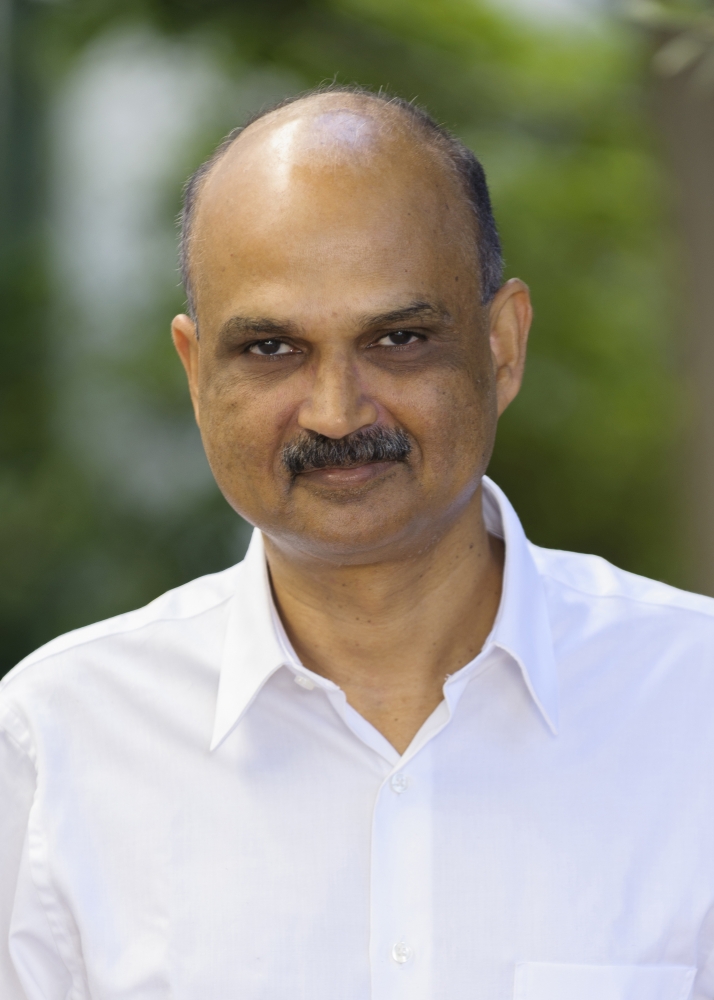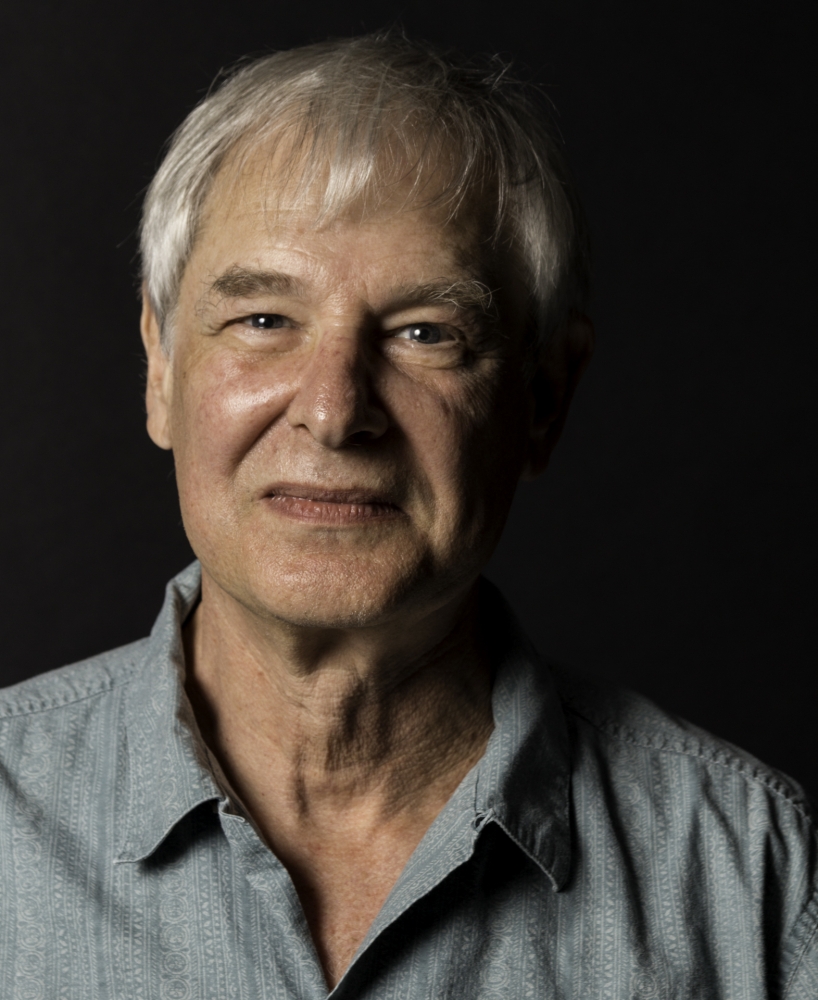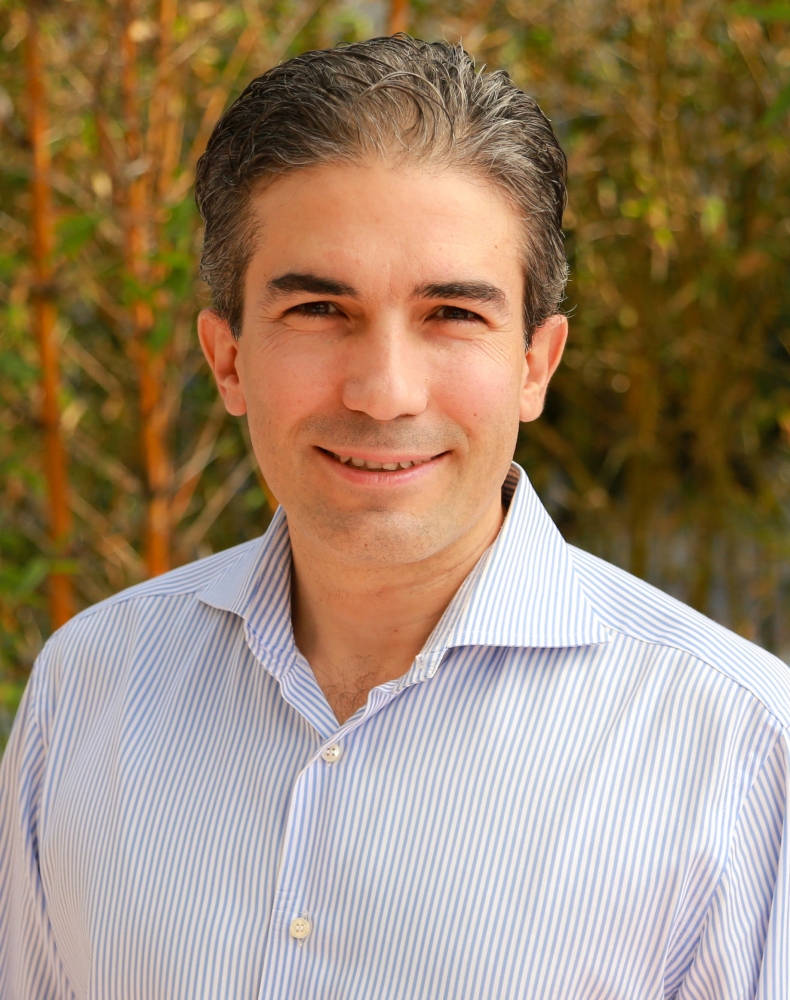
The Dream Team



The question has likely occurred at one time or another to every group leader, from heads of family to heads of state: How do I get my team to adapt to new and changing goals without diminishing its performance?
For the most part, responses to that question have been very situation-specific ideas translating into behavioral and communication styles that vary from sector to sector. Consider the unquestioning discipline of the military; the loose, creativity-nurturing corporate styles of new tech companies; the old-school father and mother figures on the sports fields and ball courts; and the slew of competing parenting philosophies, just to name a few.
But what if we could identify principles and methods common to all situations, regardless of the actual goal, that define the best way for groups and teams of any sort to transition from one task to another without losing drive, focus, energy and talent?
This set of influential elements and best practices is what UC Santa Barbara researchers are hoping to uncover. Funded by a $6.25 million 2015 Multidisciplinary University Research Initiative (MURI) grant from the U.S. Department of Defense, the UCSB team is working in collaboration with colleagues from the University of Illinois at Urbana–Champaign, University of Southern California, Massachusetts Institute of Technology and Northwestern University to study and model what makes some teams successful regardless of the goal, and others less so.
“It’s about building holistic models of how people behave,” said UCSB computer scientist Ambuj Singh. The work involves studying team dynamics, first studying teams that are focused on a single goal over time and then studying those that are faced with a series of tasks, to find certain key qualities that could predict success. The five-year study, Singh added, would couple existing knowledge of team behavior in various settings with new, evidence-based insights to derive models of group dynamics.
The research team also brings together the expertise of UCSB mechanical engineering professor Francesco Bullo and sociology professor Noah Friedkin with the engineering prowess of faculty from the University of Illinois and MIT, the skill of USC’s medical faculty and insight from Northwestern’s management faculty.
To achieve such a wide range of knowledge, the researchers will be assessing certain interconnected critical factors that affect team performance, from easily defined influences such as communications and social structure to less tangible elements such as the evolving knowledge of the tasks at hand and the role of learning and diversity. For instance, how do individual members form a group’s priorities on a complex problem, or one with more than one non-obvious correct solution? That’s a question that sociologist Friedkin — who specializes in group interpersonal influence systems — hopes to answer in his research.
“The applications of this work focus on task-oriented groups that are dealing with sequences of issues,” Friedkin said. Such groups occur throughout society yet are poorly understood, he explained.
“We are concerned with the foundations and evolution of such groups’ collective intelligence,” Friedkin continued. “This research will break new ground more than one way, and so I’m extremely excited about what will be discovered over the next five years.”
Meanwhile, Bullo’s mechanical engineering research will emphasize the mathematic aspects of group action.
“Recent mathematical and engineering advances from the study of animal swarms and collective phenomena will be at the heart of our work on modeling and understanding a range of social processes, such as the formation of opinions and the evolution of interpersonal appraisals,” he said.
“A team is a network of individuals driven by their own characteristics, collectively leading to a unique group dynamic,” said Singh. “Our aim is to build an objective framework for predicting team behavior and to develop methodologies by which teams can scale to complex tasks as well as adapt to new environments.”
Past performance — one of many factors in team success — may have played a role in this UCSB-led research group’s selection: UCSB is among the country’s top five universities in receiving MURI grants over the past decade and has had the largest number of faculty participating in MURI-funded projects in that time.
The fact that this interdisciplinary group of researchers was selected for this fiercely competitive award could also be an early indication of what makes a successful team, commented Singh.
“In a way, this was also an exercise in forming our own team, because it was a task for us to compete for this grant,” he said.



